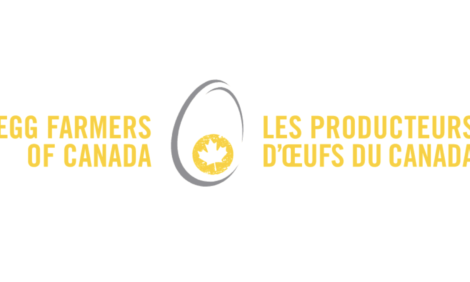



How Early Feed Restriction Impacts Muscle Growth
AUSTRALIA - A Poultry CRC research project being undertaken at Ohio State University is seeking to improve our understanding of early muscle growth and development in broiler chickens, and the importance of an appropriate immediate post-hatch nutritional regimen to maximise muscle mass accretion and maintain meat quality.As per-capita consumption of poultry meat continues to rise worldwide, broiler breeders and producers are looking to maximise growth, especially of the breast muscle, which is the most economically valuable part of the carcass, according to the latest issue of eChook from Poultry CRC. Modern commercial broilers have a very rapid period of growth after hatch. The current bird is ready for market between 38 and 42 days of age, with the embryonic period of development lasting 21 days.

After hatching, including while they are being handled and shipped, young broilers, or poults, will absorb their yolk sac, which contains nutrients. Relying on the yolk sac for immediate post-hatch nutrition makes the handling process easier and more convenient.
Preliminary studies have shown that feed restriction during the immediate post-hatch period and relying on the yolk sac appear to suppress the satellite cell (a muscle stem cell responsible for all post-hatch muscle growth in birds and mammals), leading to intramuscular fat in the breast muscle.
Project Leader, Professor Sandra Velleman, explained: "Intramuscular fat in the breast will improve taste and juiciness but the consumer buys breast meat because it is reasonable in price, easy to prepare, and most of all, is a lean meat product. The breast meat is desired because it is low in fat.
"The other consequence of inhibiting the satellite cells is that the overall structure of the muscle can be modified and these modifications are usually not good. Often there will be muscle degeneration or other characteristics that could negatively impact meat quality."
Economically, increasing muscle mass accretion, especially the breast muscle, whilst maintaining meat quality, is critical in maintaining consumer costs at a reasonable price and profit for the poultry industry. In the United States, for example, every percentage point of improvement in breast meat yield is worth over $300 million to the broiler industry.
"It is important to develop feed regimens that maximise genetic potential for breast muscle yield and quality while maintaining skeletal development," continued Professor Velleman.
"The rapid growth post-hatch is associated with tibial dyschondroplasia, ascites, et cetera," said Professor Velleman. "One of the goals of producers is to allow the skeleton to develop with a slower growth and then it is believed the muscle will catch up by a process called compensatory growth."
"I'm not a believer in compensatory growth, which is what lead to my research on nutritional effects on satellite cells. Our initial studies have shown that if you inhibit the cell type responsible for posthatch muscle growth when it has its maximal activity, it will not reactivate in the same fashion later on. What we are trying to identify is how to maximise muscle growth and development without compromising the other goals of the industry."
Professor Velleman, winner of the prestigious Poultry Science Association Evonik DeGussa Achievement Award in 2009, and the International Woman of the Year in 1992-93, has worked in the area of avian muscle biology for over 30 years, and has already shown that alterations in the nutritional regimen will change breast muscle development, yield and affect meat quality.
The Poultry CRC-funded project will involve a number of experimental diet treatments and is scheduled to run until June 2013.











